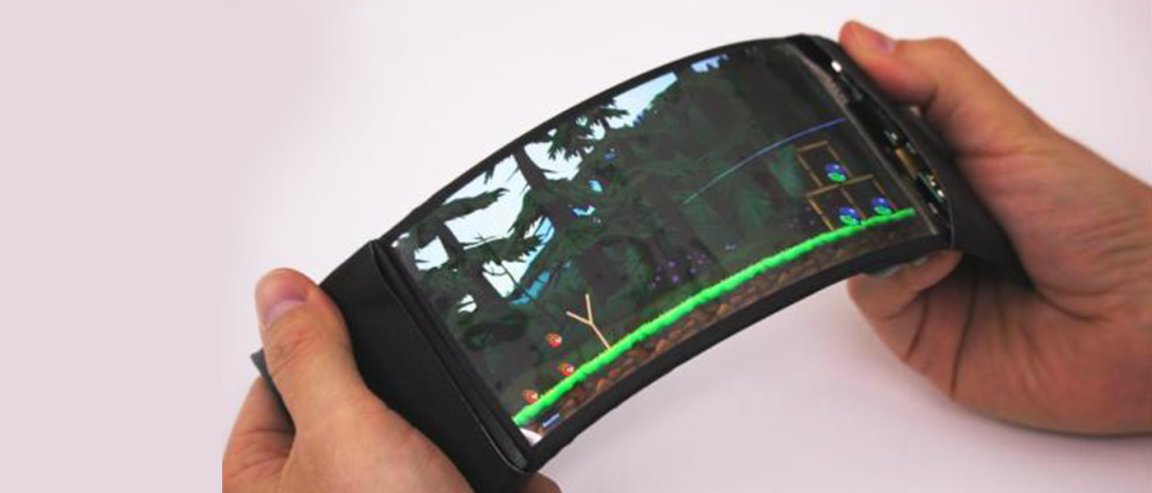
Smart and Flexible
Whether you’re using an iPhone, a Samsung, a Nexus, an HTC, a Motorola, or even that new $4 device that was launched in India this week, smartphones follow a certain form. Between each maker, and no matter which price bracket it falls under, smartphones will follow the same candy bar form.
In terms of aesthetics, the only clear design evolution that smartphones have touted since they took over the mobile phone industry was the curved edges of Samsung flagships that, quite frankly, do little by way of functionality.
So when a team of researchers from Queen’s University announced that they have managed to create the world’s first flexible smartphone, there’s reason to be apprehensive. After all, apart from the novelty of having a bendy phone, what exactly does that feature have to offer in terms of user experience?
“When this smartphone is bent down on the right, pages flip through the fingers from right to left, just like they would in a book,” says Roel Vertegaal, a computer scientist and director of Queen’s Human Media Lab. “More extreme bends speed up the page flips,” Vertegaal continued. “Users can feel the sensation of the page moving through their fingertips via a detailed vibration of the phone. This allows eyes-free navigation, making it easier for users to keep track of where they are in a document.”
In short, a flexible smartphone can give users an accurate, physical simulation as they interact with virtual data on their mobile device.
You can check out how it works by watching this video.

ReFlex
Today, our smartphones respond to combinations of finger movements or even gestures. But despite the impressively fast learning curve the world has demonstrated for this particular technology, it doesn’t really reflect how we interact with things in real life.
ReFlex on the other hand lets users employ bend gestures on the display and provide passive force feedback and voice coil to simulate the natural, physical force that people normally use when interacting with a 3D object.
The smartphone uses components from different products such as the Android 4.4 “KitKat” circuit board as well as the high-definition 720p LG Display Flexible OLED touch screen and combines it with new bend sensors placed behind the display.
The phone’s advantages are perhaps best illustrated when playing games such as the popular app, Angry Birds, where players are required to stretch a slingshot to launch the birds.
“As the rubber band expands, users experience vibrations that simulate those of a real stretching rubber band,” Vertegaal explained. “When released, the band snaps, sending a jolt through the phone and sending the bird flying across the screen.”
